Looking to grow your own fruits and veggies in the comfort of your back garden? Then you've come to the right place! In this series I'm going to be sharing advice on how you can create a kitchen garden from scratch as well as a glimpse into our own progress.
Let's grow our own fruit and veg!
When we bought our house back in 2016 I knew that one of our biggest projects was going to be turning our garden into an edible one. I built a small raised vegetable patch for my parent's back in 2010 and helped work on a communal allotment during my time at university. I learnt just how satisfying it is to see tiny seeds grow into huge marrows. Plus you can try way more exciting varieties than the bog standard "perfect" fruits and veggies that appear on supermarket shelves. Purple striped carrots anyone?
But what is a kitchen garden and why would you want to create on?
A kitchen garden quite simply contains plants that are grown to be eaten. Throughout the process of creating our kitchen garden I've had the motto if it's not edible it doesn't get planted. Simple! Having a fresh supply of herbs, vegetables, fruit and even edible flowers for salads and cakes is any foodies dream.
We've seen that the state of the fruit and veg market is fragile. Supermarkets ship in their produce from big industrial growers overseas and when they are hit with drought or disease, our favourite fruits and vegetables rocket in price or don't appear on the shelves at all. We've forgotten about seasonality, the benefits of organic, and just how cheap and satisfying it is to source local produce. And, lets be honest, it doesn't get any more local than your back garden.
Without further ado let's get stuck in and start planning your kitchen garden. You'll have a bumper crop of tomatoes in no time!
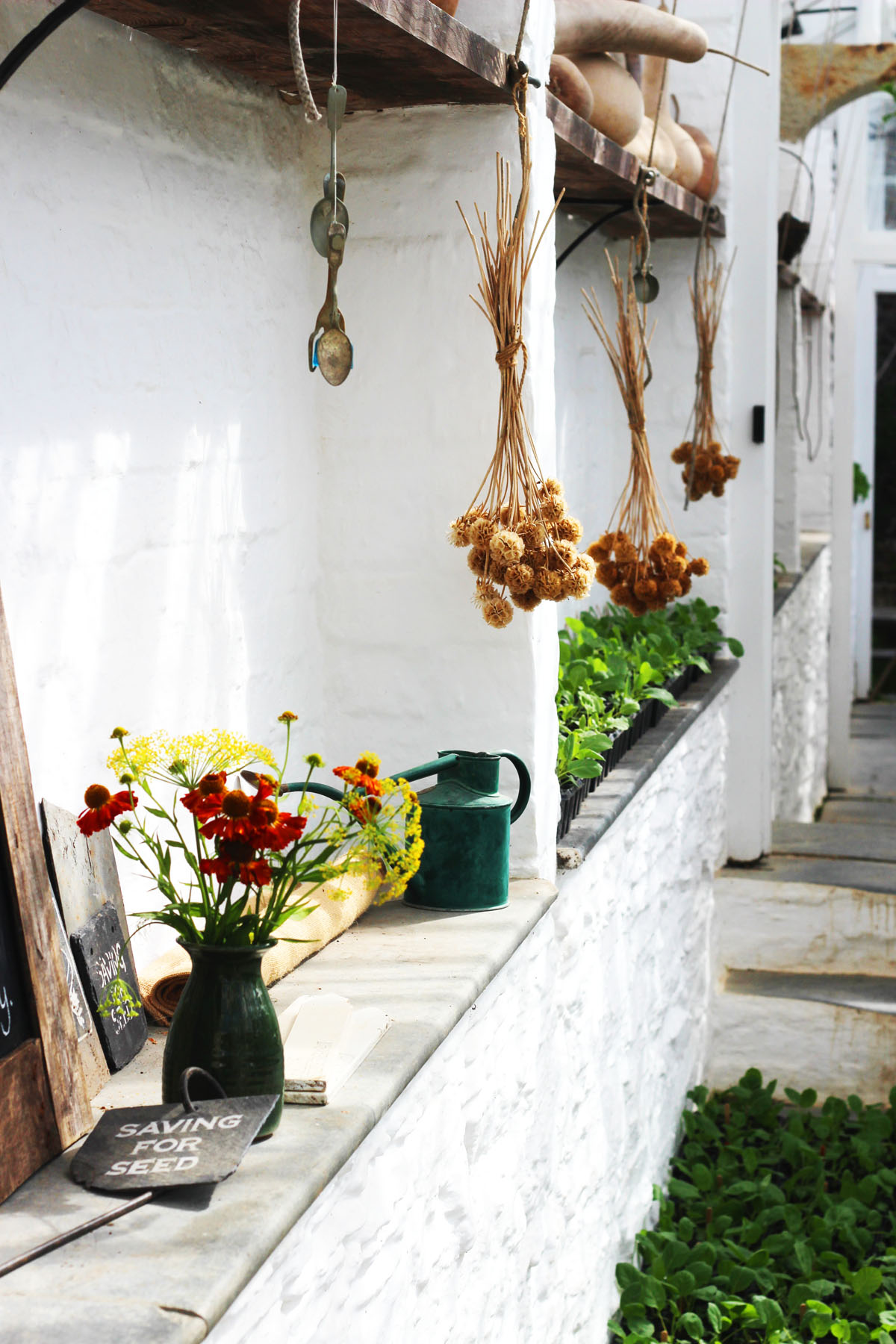
The planning stage
1. Location, location, location
Before you do anything, the first thing is to decide on location.
A kitchen garden should be in a sunny spot and you'll want to make sure you have a water supply nearby. We don't have an outdoor tap and so we knew early on we'd have to invest in a waterbut to collect rainwater.
Your kitchen garden should also ideally be a protected area, either near the house or near a fence. This should help to keep animals and pests at bay while attracting pollinating insects such as the humble bumble bee.
Of course if you're planning on turning your whole garden edible then location is already sorted for you!
2. How big will your kitchen garden be?
Depending on the size of your garden you might wish to have a range of potted plants on your patio, a couple of raised beds, or (like us) covert your whole garden. The key is to locate your plot near the house so you can nip out and grab a sprig of thyme, a handful of raspberries or a courgette when the time comes (see above!)
The size of your plot will also determine the type of fruits and vegetables you can grow. Often plants require more room than you realise as they grow and this should be taken in to account.
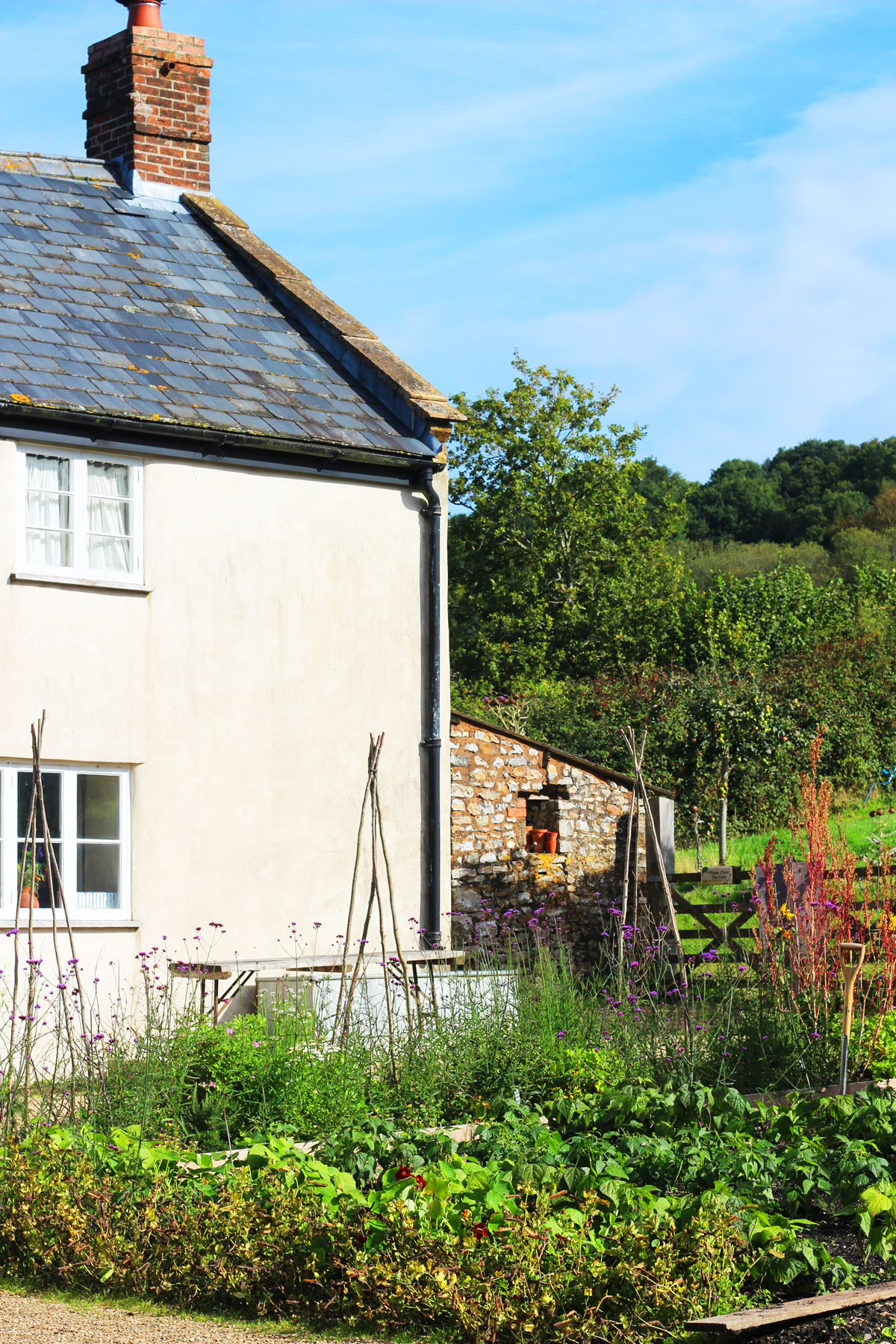
3. Which fruits and veggies do you want to grow?
The most important thing to remember is that fruits and vegetables are seasonal and different varieties require different amounts of light, types of soil or protection.
Consider the climate and growing season for your area but also make sure you focus on choosing plants you will actually want to use in your cooking. We get through a lot of courgettes so that's a must have for us. Staples like garlic and onion were important for us too.
Think about whether you can combine flowers and vegetables - known as a "cottage garden". The flowers will attract bees and other insects to help with pollination and can also attract pests which might otherwise harm your fruit and vegetable crop!
Also think about whether or not you have room for fruit trees and bushes which will keep producing crops year after year.
4. Plan your layout
When I was planning my layout I started off with a pen and paper and soon moved on to a spreadsheet. I've got different variations for the different seasons as we intend to rotate crops.
When planning your own layout, consider the space needed between plants, how big will they get when they are mature? Don't forget to leave enough space so you can harvest the plants easily.
Some plants will require trellis or bamboo canes
if they grow tall. Make sure you've saved space for them as they grow.
Finally, carefully think about where pots, raised beds, or hardscape edging will go to define the different sections of your garden.
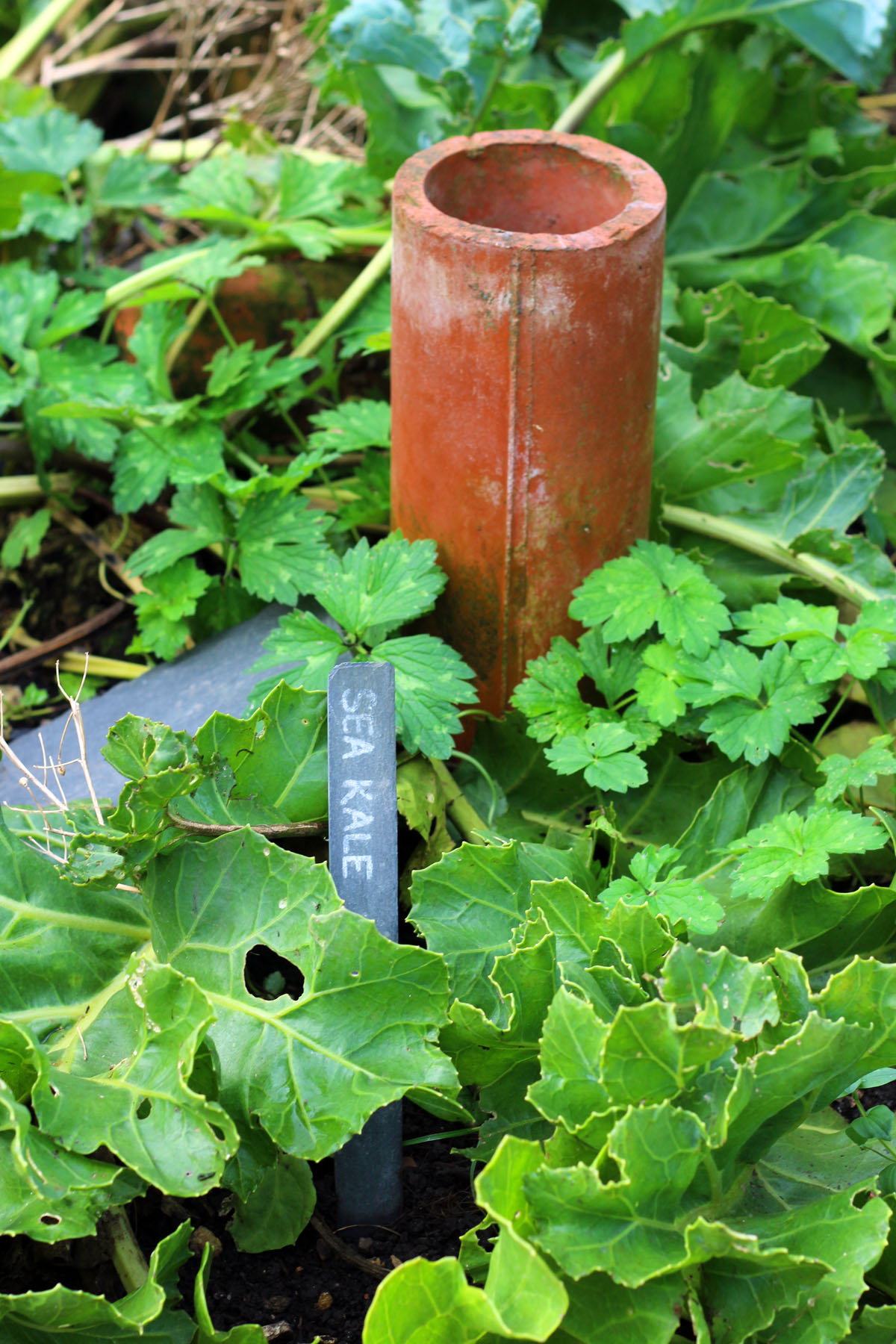
5. Time to shop!
Once you've planned your kitchen garden there are only two things left to do, buy your tools and plants, then finally get digging.
If you've never gardened before it can be a little daunting (and expensive) heading to the garden centre but the staff are always more than happy to help!
At the very least you'll want to add the following to your shopping list if you don't have them already:
- Spade
- Fork
- Trowel
- Secateurs
- Multi-purpose compost
- Specialist compost (John Innes 1 is good for seeds, John Innes 2 is good for seedlings and small plants)
- Seeds or seedlings
- Watering can
6. Start digging
Once you've finished at the garden centre all that is left to do is get digging. Depending on the size of your kitchen garden you may want to set a whole weekend aside. Work methodically and be flexible. You may run out of compost, realise you need an extra pot or two, or just get tired. Remember, gardening is meant to be fun so take lots of breaks and watch as your kitchen garden comes to life.
If you manage to clear your plot by early spring, you can get planting and sowing straightaway meaning you will get the full benefit of your kitchen garden from the outset!
To find out how we got on digging up our garden and installing our first bed just in time for spring, click here.
Find out more!
If you want more advice on how to grow a kitchen garden you'll find a month by month run down in my grow your own series.

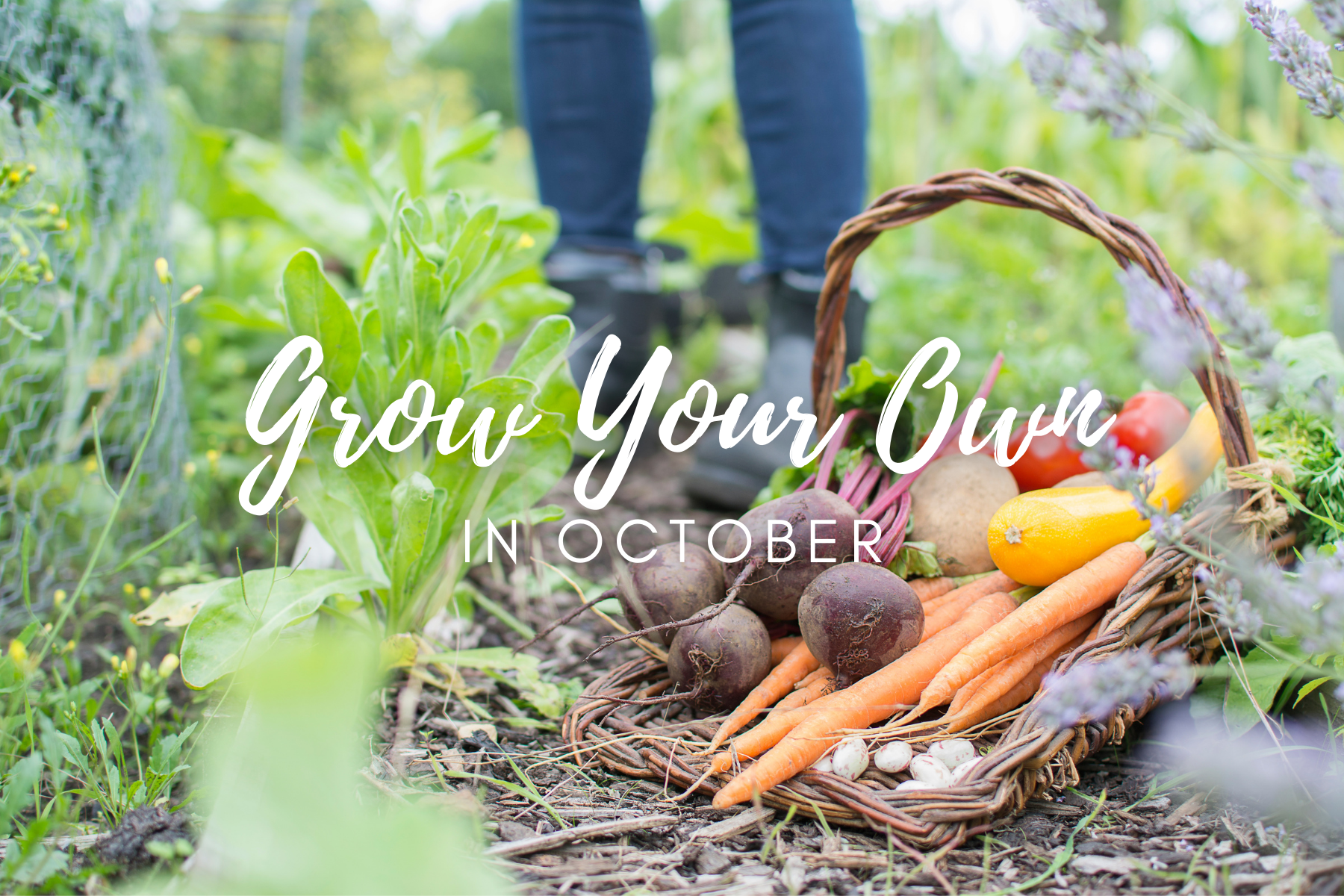
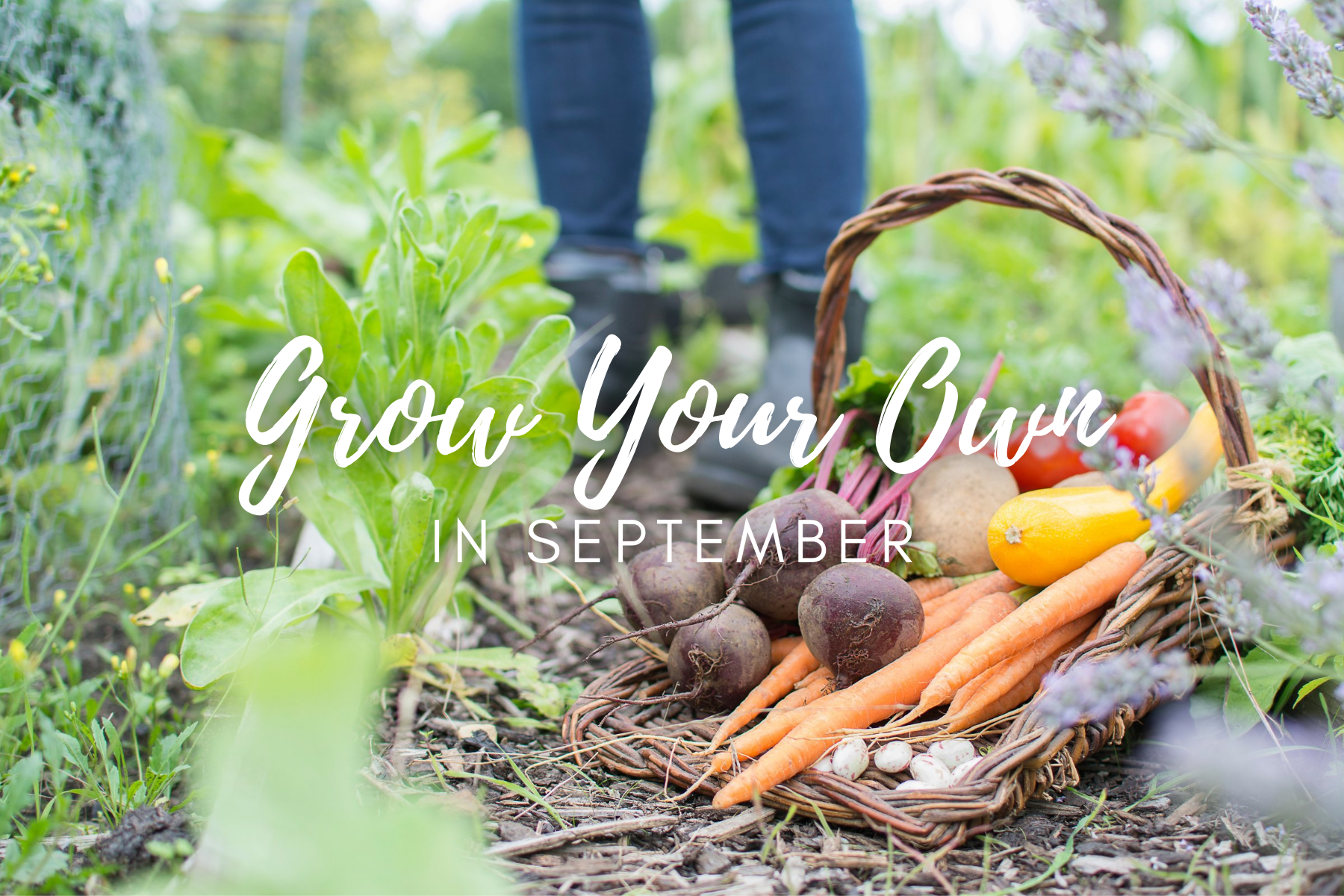
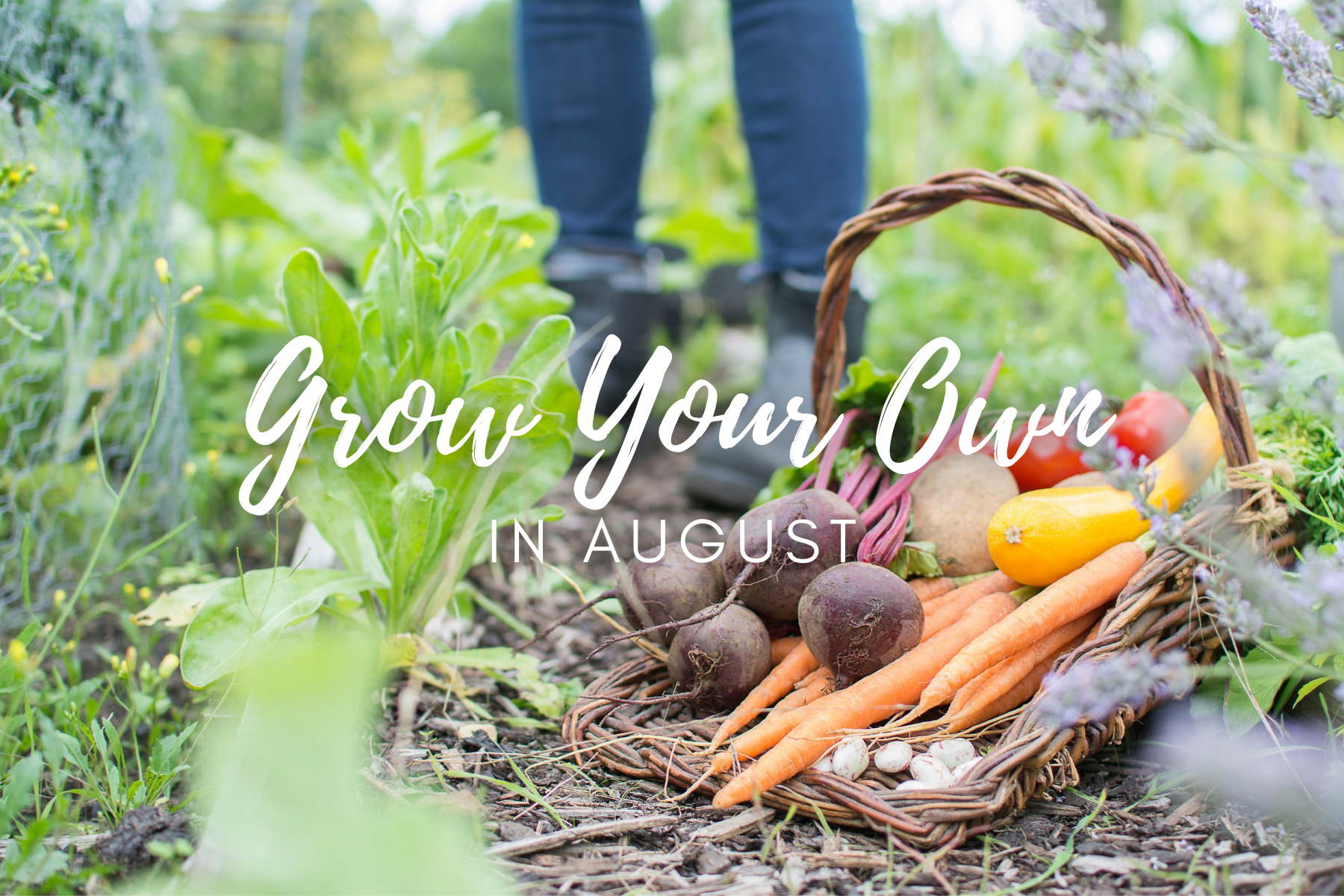
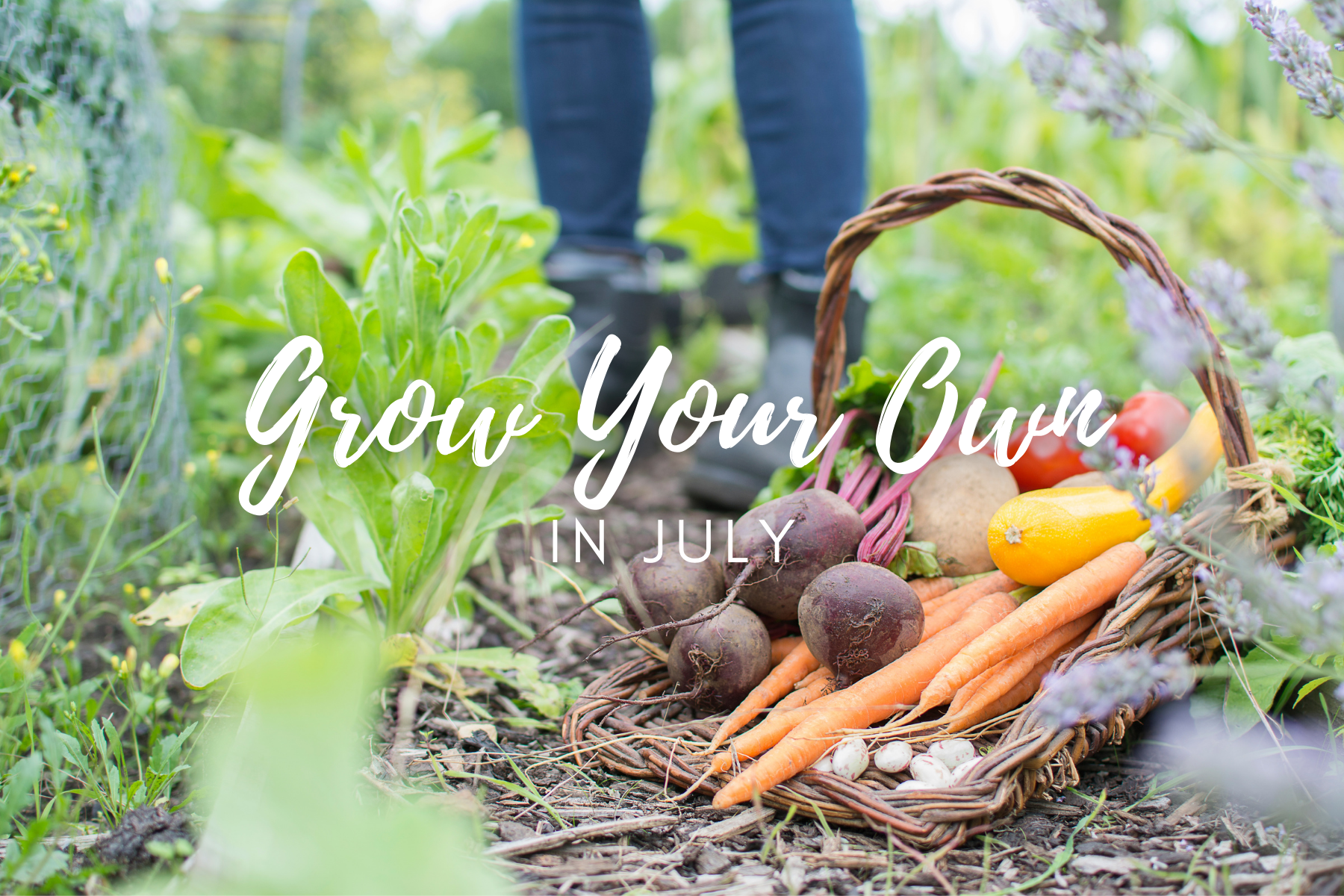
Leave a Reply